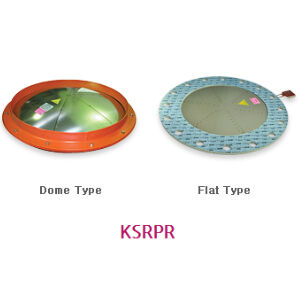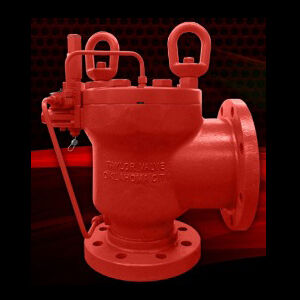Unstable Detonation Flame Arrester
The table below details explosion group suitability, as well as the connection sizes available. Click the arrester image for detailed product information for each series.
| Series | Explosion Group Suitability |
Size Range Nominal Bore |
Operating Limits | Features |
|
UCA |
ATEX (IEC) IIAUS (NEC) Group D (MESG > 0.9 mm) |
15mm – 300mm
1/2″ – 12″ |
-20°C – +60°C
-4°F – +140°F |
Short-Time-Burn Capability E-Flow™ Technology HEDS™ Technology Extensive Options List |
|
CE-IB |
ATEX (IEC) IIA, IIB3US (NEC) Group D, Group C (MESG ≥ 0.65) |
15mm – 200mm
1/2″ – 8″ |
-20°C – +60°C
-4°F – +140°F |
Bi-directional Removable Elements Extensive Options List |
* Elmac’s Policy on Stable Detonation Arresters
Elmac Technologies has a clear policy on stable detonation arresters.
In summary it concludes:
- Unstable detonations are much more destructive events than stable detonations
- The location of unstable detonations cannot be predicted with any certainty
- A stable detonation may undergo sudden transition to an unstable detonation
- It follows that use of a stable detonation arrester in isolation is not sufficient to protect a system from transmission of a flame and exposes the user to significant risk.
- In any system where detonation events are a possibility, an appropriately designed and tested unstable detonation arrester device should be fitted.
Below listed are the related files that can be downloaded to you PC. All the files are in PDF format.
Currently there are no files available for download.












